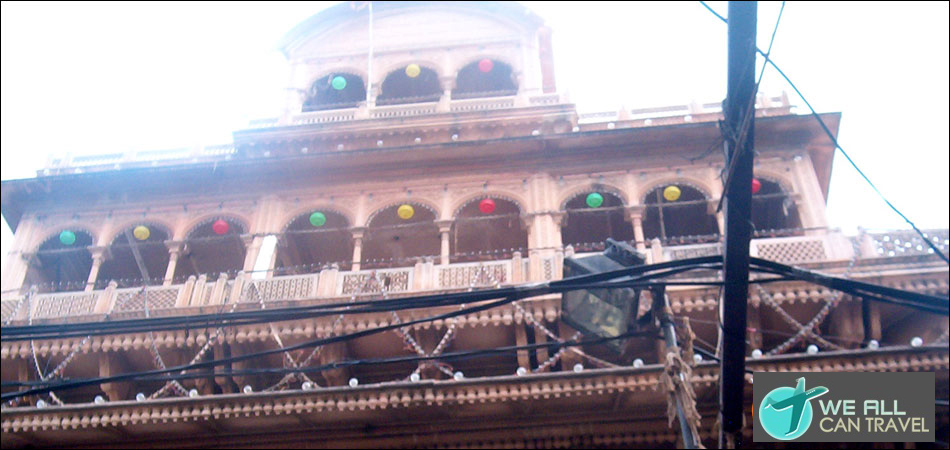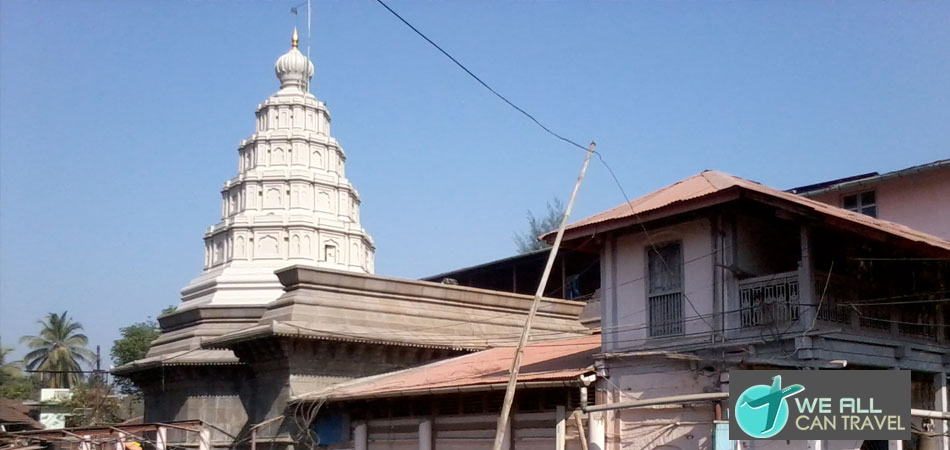History Of Raghunath Temple
Amongst the temples in Jammu, the Raghunath Mandir dedicated to Lord Rama, takes pride of the place, being situated right in the heart of Jammu. The temple has seven shrines, with god-plated interiors. The most important houses the Dogra's patron deity, Rama, Vishnu's eighth incarnation. The cluster of temples makes it the largest temple complex in Northern India. The inner sanctums of the temples contain gigantic statues of Gods and Goddesses and numerous 'lingams'. It contains representatives of almost the entire Hindu Pantheon, which makes it a rare sight to see. The inner walls of the main temple are covered with gold sheet on three sides. There are many galleries with lakhs of 'Saligrams'. The surrounding Temples are dedicated to various Gods and Goddesses connected with the epic Ramayana.The arches and architectural details show Mughal influence. Morning and evening aartis are ritually attended and there is also a stone lingam here and in the other shrines, for this is a center for Shakti worship. A portrait of Ranbir Singh, the temple patron and a sculpture of Hanuman are at the entrance. The other shrines have images of Vishnu in various incarnations, Siva and Surya. The Sanskrit Library here contains numerous rare manuscripts.Work on the temple was started by Maharaja Gulab Singh, founder of the Kingdom of Jammu and Kashmir in 1835 AD and was completed by his son Maharaja Ranbir Singh 1860 AD.
 >> Amarnath Temple
>> Amarnath Temple >> Bagnath Temple
>> Bagnath Temple >> Banke-Bihari Temple
>> Banke-Bihari Temple >> Bhimakali Temple
>> Bhimakali Temple >> Bhojeshwar Temple
>> Bhojeshwar Temple